Each year, we survey you–our readers–to find out what you think are the best products of the year. Last year, we asked you what you thought was the most innovative brand, but for 2016 we modified that question a bit. Instead, we asked, “What is the most innovative mountain bike of 2016?”
Well, over 2,200 of you responded and came up with 710 different answers! After wading through the data, we compiled this list of the Top 5 Most Innovative Mountain Bikes of 2016.
5. Pivot SwitchBlade

When Pivot launched the SwitchBlade at the end of May, it was clear that this wasn’t a “me too” bike. The SwitchBlade was designed from the ground up to work with both 27.5+ wheels and 29-inch wheels. It can fit tires up to 3.25 inches wide in plus mode or 2.5-inch 29ers. It also has sub 17-inch chainstays and 135mm of rear travel. To pack all that in, Pivot went to 157mm rear spacing, which they call Super Boost Plus.
Key features/specs:
- Travel: 135mm rear / 150mm front
- Full carbon frame
- 29 or 27+ compatible
- 16.85″ (428mm) chainstay length
- Available in XS and XL sizes
- Pricing: $5,200 – $10,100
















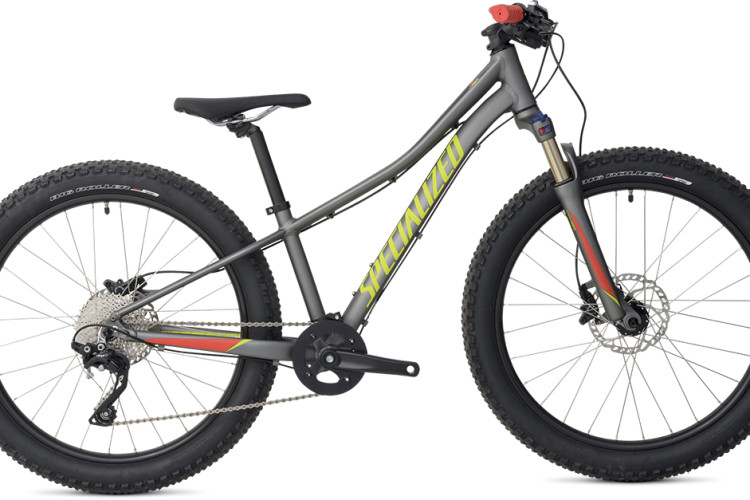
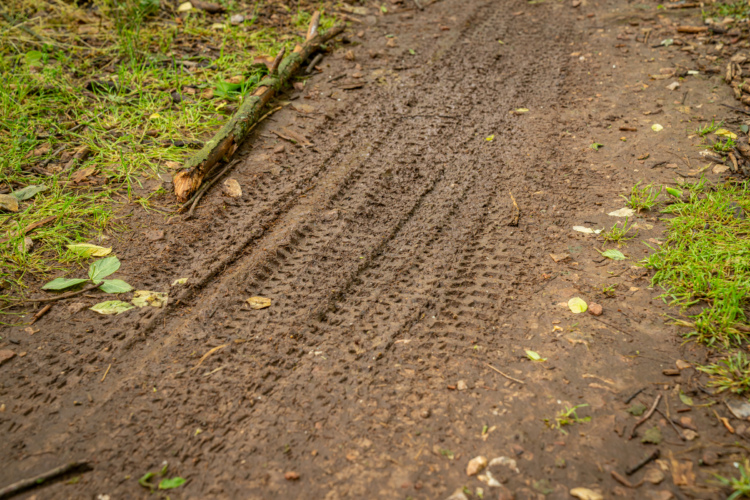
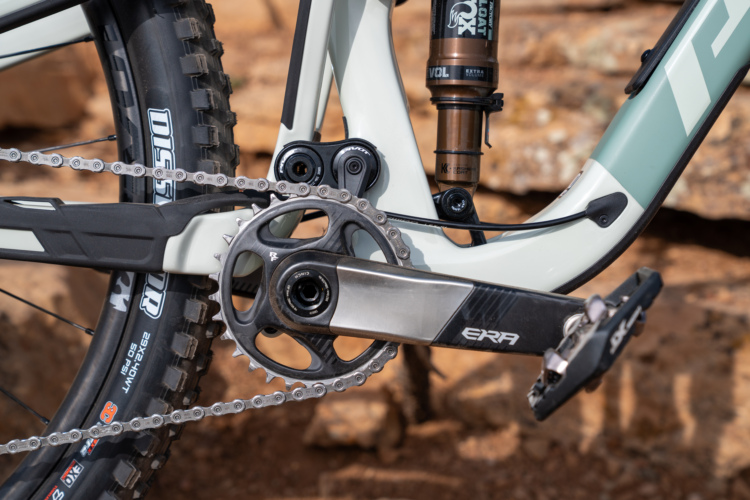
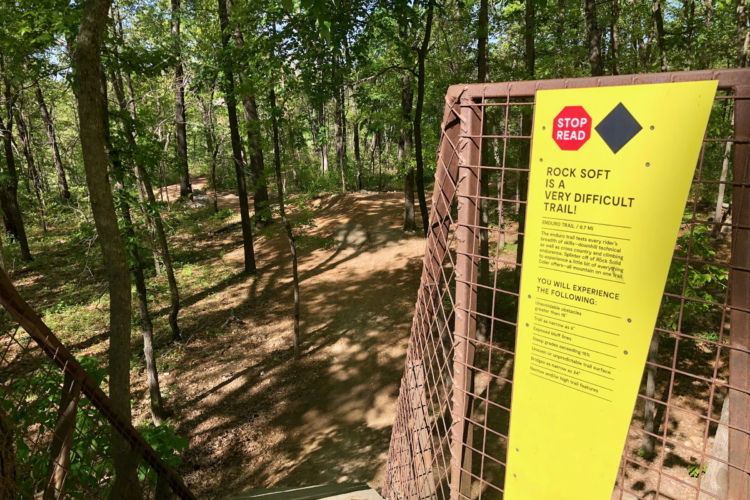
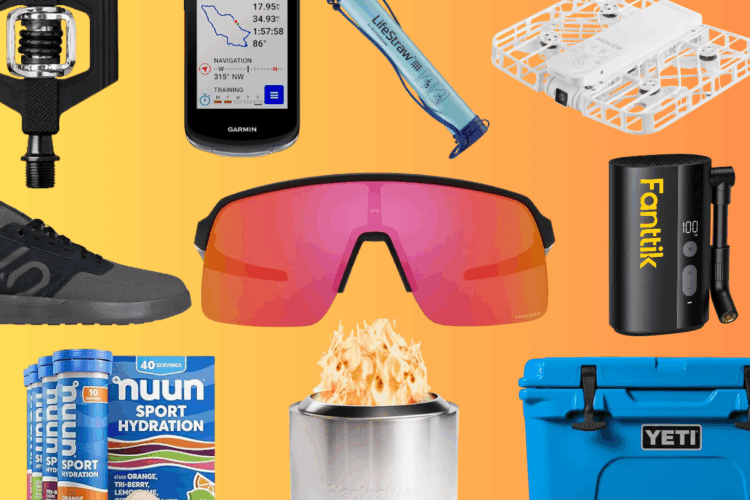

17 Comments
Sep 12, 2016
Sep 12, 2016
Sep 12, 2016
Also, it could be that the new SB line of Yetis has been around for a couple years, so apart from some refinements, there hasn't been too much in the way of "innovation." That's just a guess though.
Sep 12, 2016
Sep 12, 2016
Sep 15, 2016
Really not too sure how the poorly designed Trek got in on the list... With the fork and down tube clashing, and the restricted turning radius of the handle bar, all equate to warranty claims, widgit replacement, at owner's expense, and crashes... Trek will be changing this design... Don't believe me? I hope I am wrong, but time and statistics will tell.
Plus size bikes are so unnecessary and carry more weight...and as for boosted hubs...what a joke on the consumer...!!
Regards.
Sep 14, 2016
Sep 15, 2016
Sep 14, 2016
Nov 29, 2016
Sep 16, 2016
Sep 16, 2016
http://ebike-mtb.com/en/moustache-debut-new-hidden-power-samedi-27-race-trail-range/
This is a masterpiece in carbon, for diversity they also make an Aluminum one where hydroforming techniques are pushed to the limt
Sep 16, 2016
Nov 29, 2016
Sep 16, 2016
Sep 12, 2016
Sep 13, 2016
If Missing Link delivers what is promising, Tantrum will be on 2017 list of innovations.